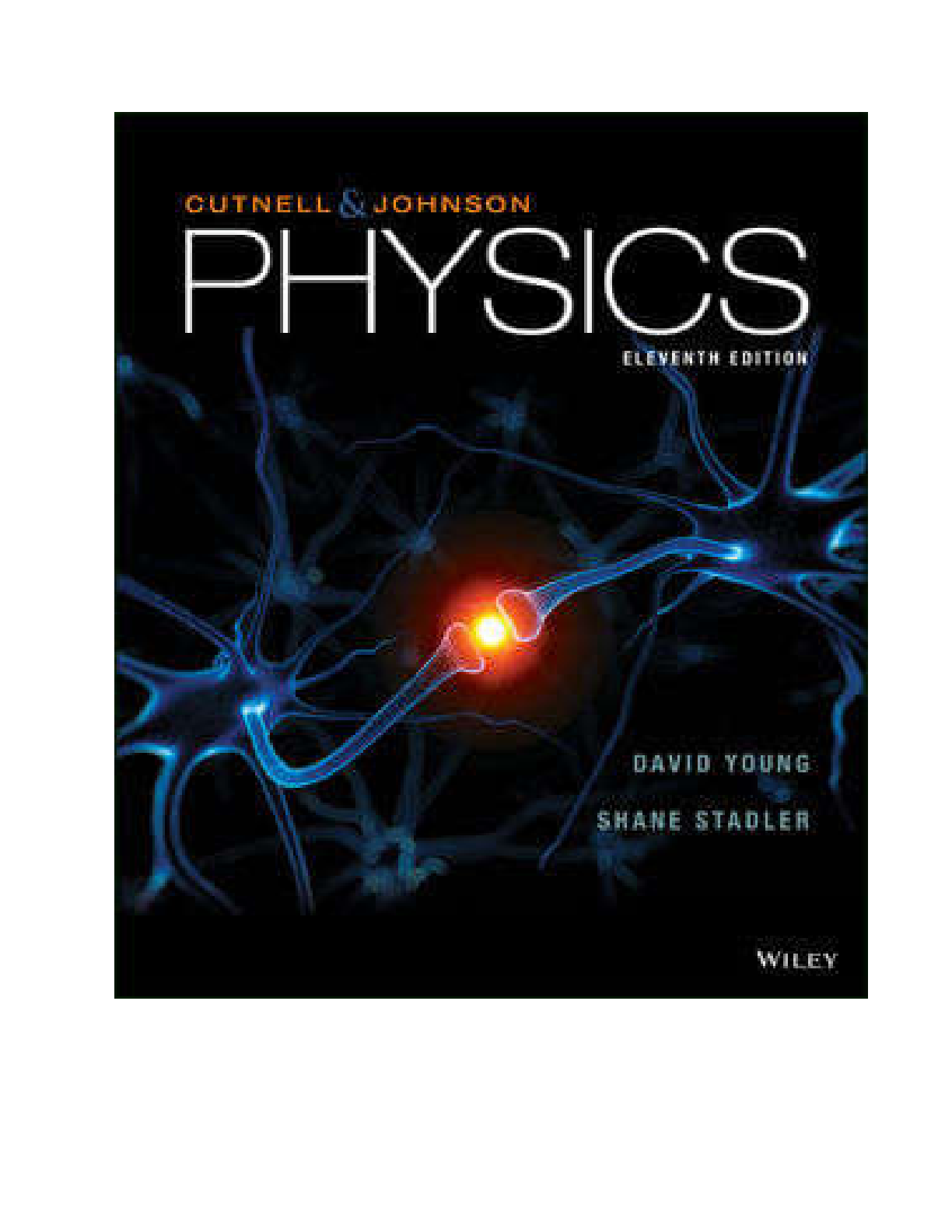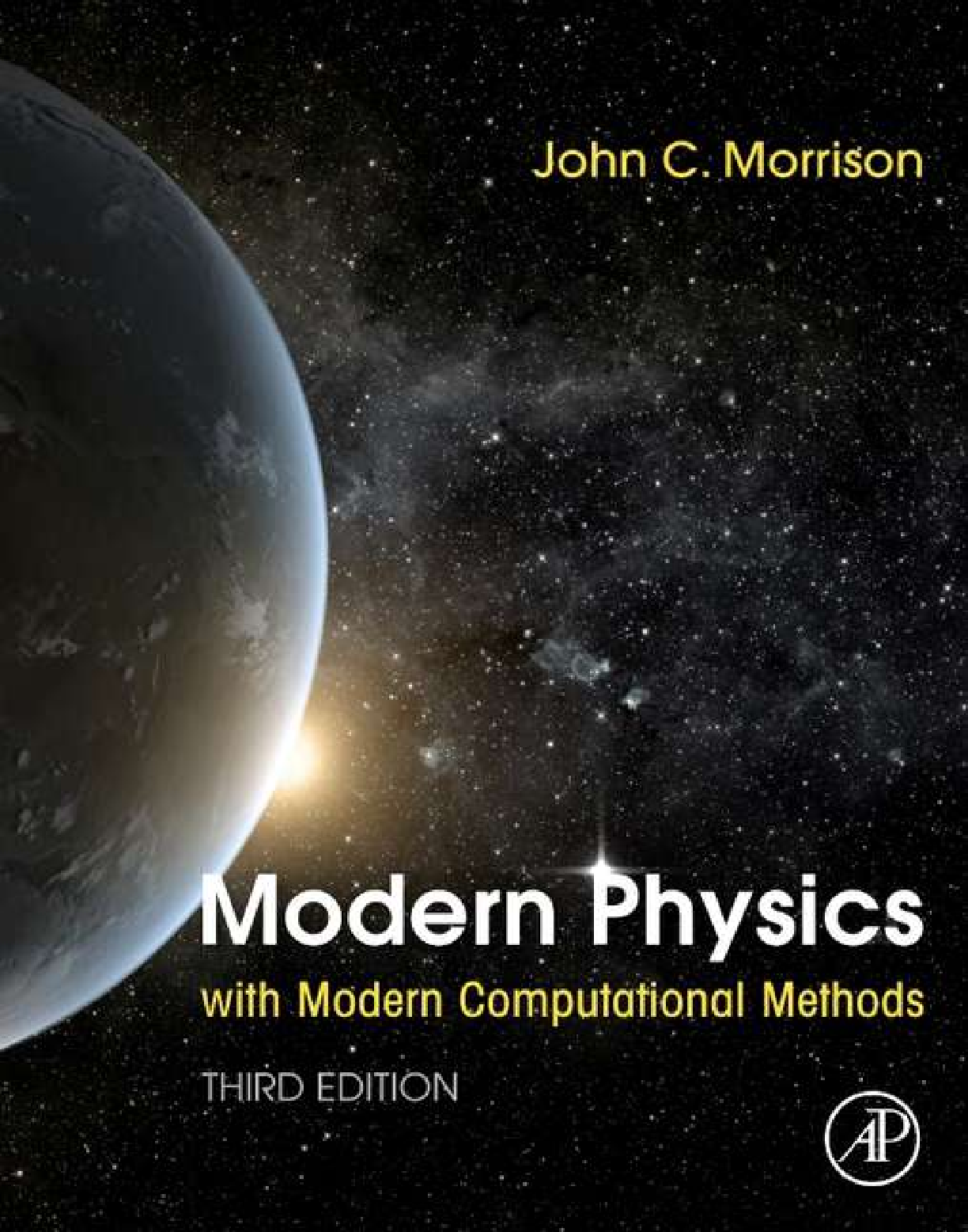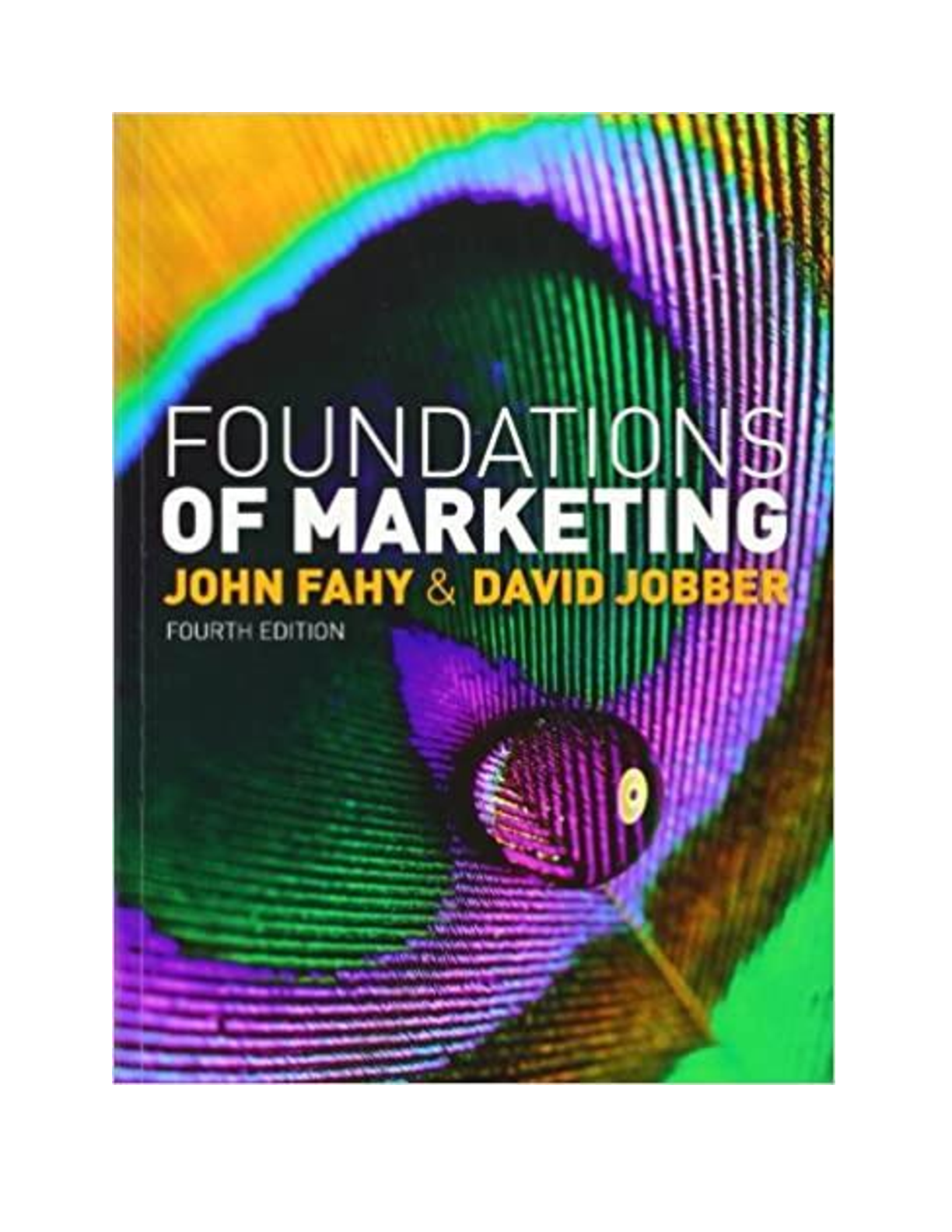Chemistry > eBook-PDF > Chemistry: The Molecular Science, 5th Edition By John W. Moore, Conrad L. Stanitski | eBook [PDF] (All)
Chemistry: The Molecular Science, 5th Edition By John W. Moore, Conrad L. Stanitski | eBook [PDF]
Document Content and Description Below
eBook for Chemistry: The Molecular Science, 5th Edition By John W. Moore, Conrad L. Stanitski Get all 20 Chapters eBook Pdf. Table of Contents Ch 1: The Nature of Chemistry 1-1 Why Care abou... t Chemistry? 1-2 Cleaning Drinking Water 1-3 How Science is Done 1-4 Identifying Matter: Physical Properties 1-5 Measurements, Units, and Calculations 1-6 Chemical Changes and Chemical Properties 1-7 Classifying Matter: Substances and Mixtures 1-8 Classifying Matter: Elements and Compounds 1-9 Nanoscale Theories and Models 1-10 The Atomic Theory 1-11 Communicating Chemistry: Symbolism 1-12 The Chemical Elements 1-13 The Periodic Table 1-14 The Biological Periodic Table 1-15 Modern Chemical Sciences Ch 2: Chemical Compounds 2-1 Atomic Structure: Subatomic Particles 2-2 The Nuclear Atom 2-3 Isotopes and Average Atomic Mass 2-4 Ions and Ionic Compounds 2-5 Naming Ions and Ionic Compounds 2.6 Ionic Compounds: Bonding and Properties 2-7 Molecular Compounds 2-8 Naming Binary Molecular Compounds 2-9 Organic Molecular Compounds 2-10 Amount of Substance: The Mole 2-11 Molar Mass 2-12 Composition and Chemical Formulas Ch 3: Chemical Reactions 3-1 Chemical Equations 3-2 Balancing Chemical Equations 3-3 Precipitation Reactions 3-4 Acid-Base Reactions 3-5 Oxidation-Reduction and Electron Transfer 3-6 The Mole and Chemical Reactions 3-7 Limiting Reactant 3-8 Evaluating Chemical Synthesis: Percent Yield 3-9 Composition and Empirical Formulas 3-10 Solution Concentration: Molarity 3-11 Stoichiometry in Aqueous Solutions 3-12 Titrations in Aqueous Solutions Ch 4: Energy and Chemical Reactions 4-1 The Nature of Energy 4-2 Conservation of Energy 4-3 Keeping Track of Energy Transfers 4-4 Heat Capacity 4-5 Energy and Enthalpy 4-6 Reaction Enthalpies for Chemical Reactions 4-7 Where Does the Energy Come From? 4-8 Measuring Reaction Enthalpies: Calorimetry 4-9 Hess's Law 4-10 Standard Formation Enthalpies 4-11 Fuels for Society and Our Bodies Ch 5: Electron Configurations and the Periodic Table 5-1 Electromagnetic Radiation and Matter 5-2 Planck's Quantum Theory 5-3 The Bohr Model of the Hydrogen Atom 5-4 Beyond the Bohr Model: The Quantum Mechanical Model of the Atom 5-5 Quantum Numbers, Energy Levels, and Atomic Orbitals 5-6 Shapes of Atomic Orbitals 5-7 Atom Electron Configurations 5-8 Ion Electron Configurations 5-9 Periodic Trends: Atomic Radii 5-10 Periodic Trends: Ionic Radii 5-11 Periodic Trends: Ionization Energies 5-12 Periodic Trends: Electron Affinities 5-13 Energy, Ions, and Ionic Compounds Ch 6: Covalent Bonding 6-1 Covalent Bonding 6-2 Single Covalent Bonds and Lewis Structures 6-3 Single Covalent Bonds in Hydrocarbons 6-4 Multiple Covalent Bonds 6-5 Multiple Covalent Bonds in Hydrocarbons 6-6 Bond Properties: Bond Length; Bond Energy 6-7 Bond Properties: Polarity; Electronegativity 6-8 Formal Charge 6-9 Lewis Structures and Resonance 6-10 Exceptions to the Octet Rule 6-11 Aromatic Compounds 6-12 Molecular Orbital Theory Ch 7: Molecular Structures 7-1 Molecular Models 7-2 Predicting Molecular Shapes: VSEPR 7-3 Hybridization: Atomic Orbitals Consistent with Molecular Shapes 7-4 Hybridization: Molecules with Multiple Bonds 7-5 Molecular Polarity 7-6 Noncovalent Interactions and Forces between Molecules 7-7 Biomolecules: DNA and the Importance of Molecular Structure Ch 8: Properties of Gases 8-1 Gas Pressure 8-2 Kinetic-Molecular Theory 8-3 The Behavior of Ideal Gases: Gas Laws 8-4 Gas Density, Molar Mass, and the Ideal Gas Law 8-5 Quantities of Gases in Chemical Reactions 8-6 Gas Mixtures and Partial Pressures 8-7 Kinetic-Molecular Theory and the Velocities of Gas Molecules 8-8 The Behavior of Real (Non-Ideal) Gases 8-9 The Atmosphere 8-10 Ozone and Stratospheric Ozone Depletion 8-11 Greenhouse Gases and Global Warming 8-12 Chemistry of Air Quality and Air Pollution Ch 9: Liquids, Solids, and Materials 9-1 Liquids, Solids, and Intermolecular Forces 9-2 Vaporization and Condensation 9-3 Vapor Pressure 9-4 Solids and Changes of Phase 9-5 Water: Its Important and Unusual Properties 9-6 Crystalline Solids 9-7 Network Solids 9-8 Materials Science 9-9 Metals, Semiconductors, and Insulators 9-10 Silicon and the Chip 9-11 Cement, Ceramics, and Glass Ch 10: Fuels, Organic Chemicals, and Polymers 10-1 Petroleum 10-2 U. S. Energy Sources and Consumption 10-3 Organic Chemicals 10-4 Alcohols and Their Oxidation Products 10-5 Carboxylic Acids and Esters 10-6 Synthetic Organic Polymers 10-7 Biopolymers: Polysaccharides and Proteins Ch 11: Chemical Kinetics: Rates of Reactions 11-1 Reaction Rate 11-2 Effect of Concentration on Reaction Rate 11-3 Rate Law and Order of Reaction 11-4 A Nanoscale View: Elementary Reactions 11-5 Temperature and Reaction Rate: The Arrhenius Equation 11-6 Rate Laws for Elementary Reactions 11-7 Reaction Mechanisms 11-8 Catalysts and Reaction Rate 11-9 Enzymes: Biological Catalysts 11-10 Catalysis in Industry Ch 12: Chemical Equilibrium 12-1 Characteristics of Chemical Equilibrium 12-2 The Equilibrium Constant 12-3 Determining Equilibrium Constants 12-4 The Meaning of the Equilibrium Constant 12-5 Using Equilibrium Constants 12-6 Shifting a Chemical Equilibrium: Le Chatelier's Principle 12-7 Equilibrium at the Nanoscale 12-8 Controlling Chemical Reactions: The Haber-Bosch Process Ch 13: The Chemistry of Solutes and Solutions 13-1 Solubility and Intermolecular Forces 13-2 Solubility and Equilibrium 13-3 Entropy, Enthalpy, and Dissolving Solutes 13-4 Temperature and Solubility 13-5 Pressure and Dissolving Gases in Liquids: Henry's Law 13-6 Expressing Solution Composition 13-7 Colligative Properties of Solutions 13-8 Colloids 13-9 Surfactants 13-10 Water: Natural, Clean, and Otherwise Ch 14: Acids and Bases 14-1 Bronsted-Lowry Acids and Bases 14-2 Carboxylic Acids and Amines 14-3 The Autoionization of Water 14-4 The pH Scale 14-5 Ionization Constants of Acids and Bases 14-6 Molecular Structure and Acid Strength 14-7 Problem Solving Using Ka and Kb 14-8 Acid-Base Reactions of Salts 14-9 Lewis Acids and Bases 14-10 Additional Applied Acid-Base Chemistry Ch 15: Additional Aqueous Equilibria 15-1 Buffer Solutions 15-2 Acid-Base Titrations 15-3 Acid Rain 15-4 Solubility Equilibria and the Solubility Product Constant, Ksp 15-5 Factors Affecting Solubility 15-6 Precipitation: Will It Occur? Ch 16: Thermodynamics: Directionality of Chemical Reactions 16-1 Reactant-Favored and Product-Favored Processes 16-2 Chemical Reactions and Dispersal of Energy 16-3 Measuring Dispersal of Energy: Entropy 16-4 Calculating Entropy Changes 16-5 Entropy and the Second Law of Thermodynamics 16-6 Gibbs Free Energy 16-7 Gibbs Free Energy Changes and Equilibrium Constants 16-8 Gibbs Free Energy, Maximum Work, and Energy Resources 16-9 Gibbs Free Energy and Biological Systems 16-10 Conservation of Gibbs Free Energy 16-11 Thermodynamic and Kinetic Stability Ch 17: Electrochemistry and Its Applications 17-1 Redox Reactions 17-2 Half-Reactions and Redox Reactions 17-3 Voltaic Cells 17-4 Voltaic Cells and Cell Potential 17-5 Using Standard Half-Cell Potentials 17-6 E Degree cell, Gibbs Free Energy, and K Degree 17-7 Effect of Concentration on Cell Potential: The Nernst Equation 17-8 Common Batteries 17-9 Fuel Cells 17-10 Electrolysis-Causing Reactant-Favored Redox Reactions to Occur 17-11 Counting Electrons 17-12 Corrosion: Undesirable Product-Favored Redox Reactions Ch 18: Nuclear Chemistry 18-1 The Nature of Radioactivity 18-2 Nuclear Reactions 18-3 Stability of Atomic Nuclei 18-4 Rates of Disintegration Reactions 18-5 Artificial Transmutations 18-6 Nuclear Fission 18-7 Nuclear Fusion 18-8 Nuclear Radiation: Effects and Units 18-9 Applications of Radioactivity Ch 19: The Chemistry of the Main-Group Elements 19-1 Formation of the Elements 19-2 Terrestrial Elements 19-3 Extraction by Physical Methods: Nitrogen, Oxygen, and Sulfur 19-4 Extraction by Electrolysis: Sodium, Chlorine, Magnesium, and Aluminum 19-5 Extraction by Chemical Oxidation-Reduction: Phosphorus, Bromine, and Iodine 19-6 A Periodic Perspective: The Main-Group Elements Ch 20: Chemistry of Selected Transition Elements and Coordination Compounds 20-1 Properties of the Transition (d-Block) Elements 20-2 Iron and Steel: Pyrometallurgy 20-3 Copper: A Coinage Metal 20-4 Silver and Gold: The Other Coinage Metals 20-5 Chromium 20-6 Coordinate Covalent Bonds: Complex Ions and Coordination Compounds 20-7 Crystal-Field Theory: Color and Magnetism in Coordination Compounds Appendix A: Problem Solving and Mathematical Operations Appendix B: Units, Equivalences, and Conversion Factors Appendix C: Physical Constants and Sources of Data Appendix D: Ground-State Electron Configurations of Atoms Appendix E: Naming Simple Organic Compounds Appendix F: Balancing Oxidation-Reduction Reactions Appendix G: Ionization Constants for Weak Acids and Weak Bases at 25 Degree C Appendix H: Solubility Product Constants for Some Inorganic Compounds at 25 Degree C Appendix I: Standard Electrode Potentials in Aqueous Solution at 25 Degree C Appendix J: Selected Thermodynamic Values at 298.15 K Appendix K: Answers to Problem-Solving Practice Problems Appendix L: Answers to Exercises Appendix M: Answers to Selected Questions for Review and Thought Glossary Index [Show More]
Last updated: 5 months ago
Preview 1 out of 1264 pages

Buy this document to get the full access instantly
Instant Download Access after purchase
Buy NowInstant download
We Accept:

Reviews( 0 )
$29.00
Can't find what you want? Try our AI powered Search
Document information
Connected school, study & course
About the document
Uploaded On
Oct 06, 2021
Number of pages
1264
Written in
Additional information
This document has been written for:
Uploaded
Oct 06, 2021
Downloads
0
Views
155



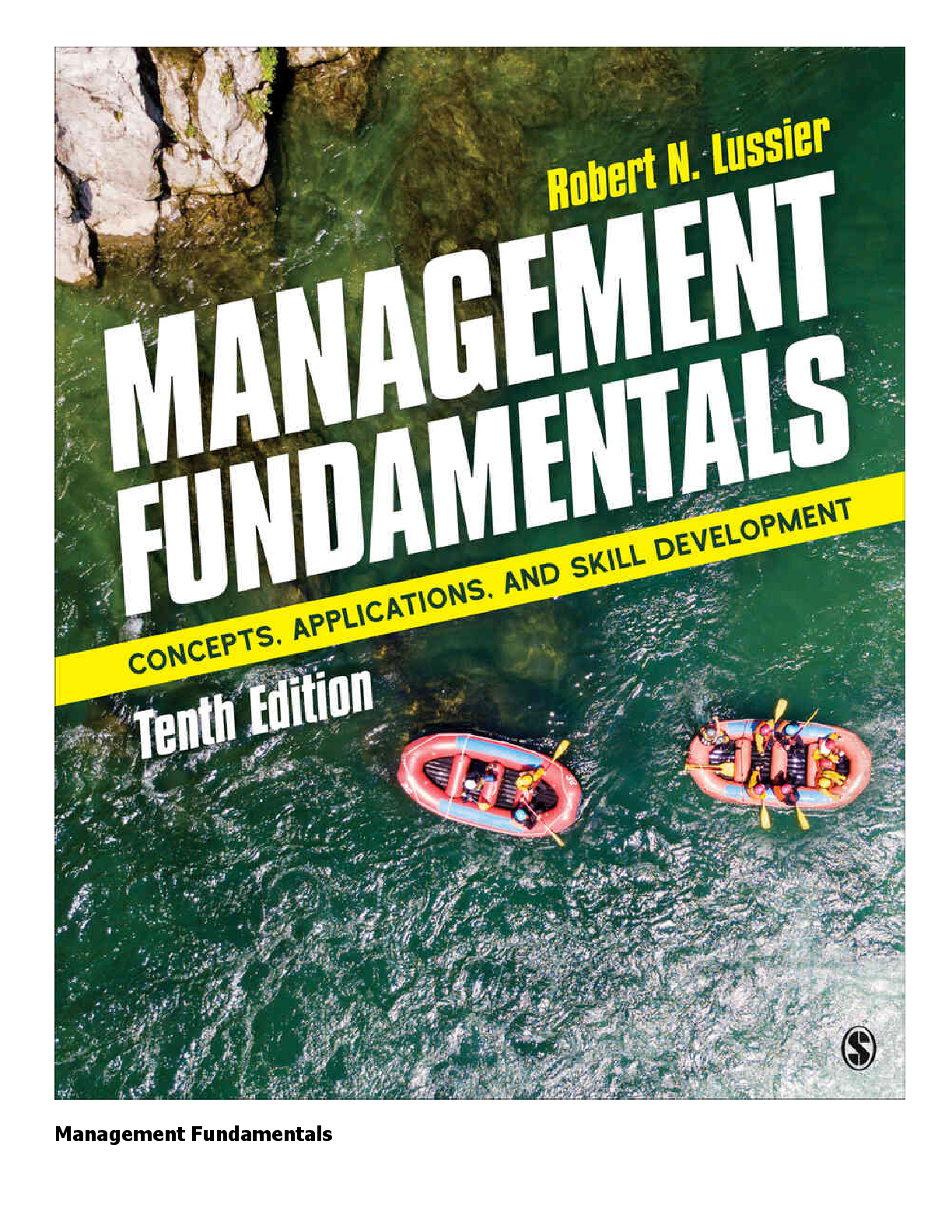


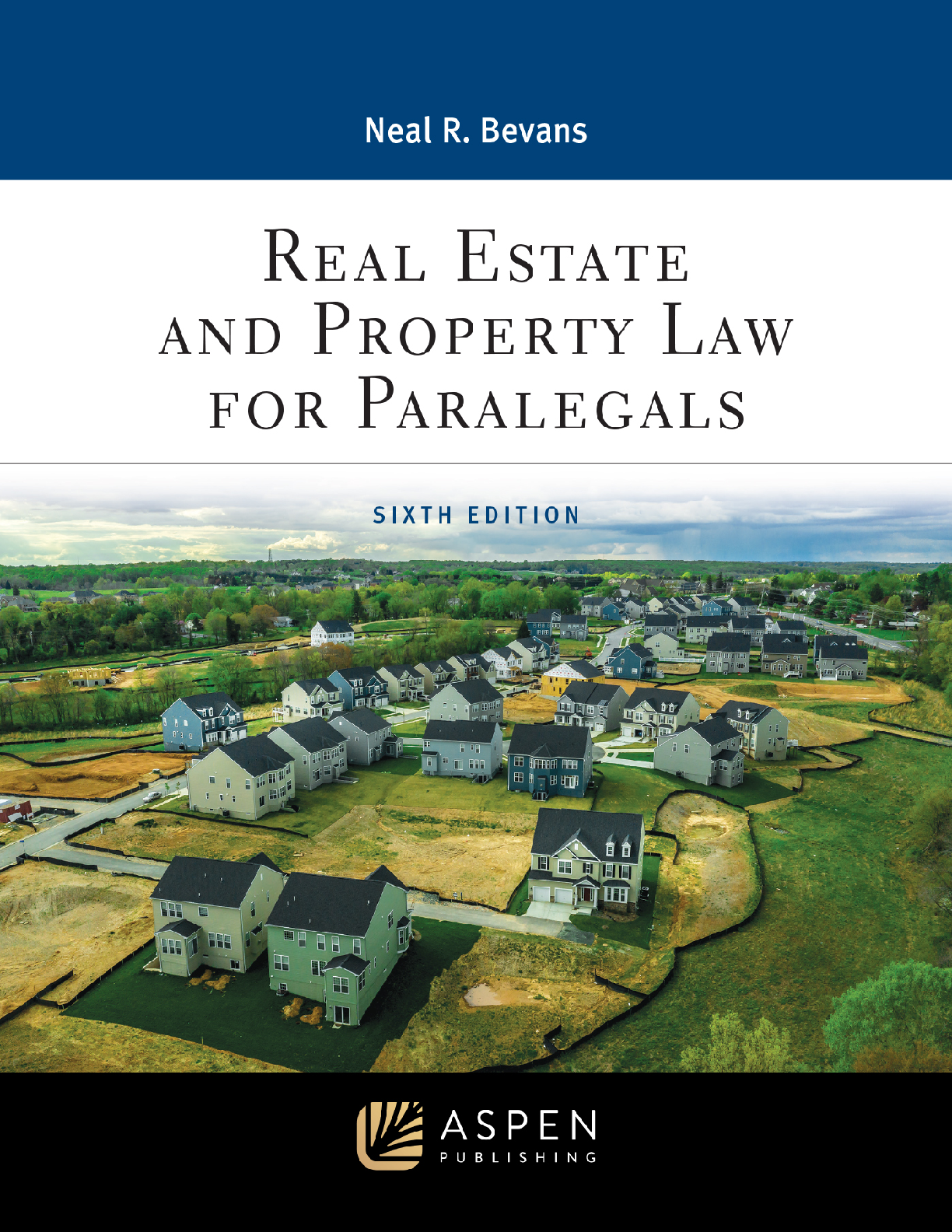



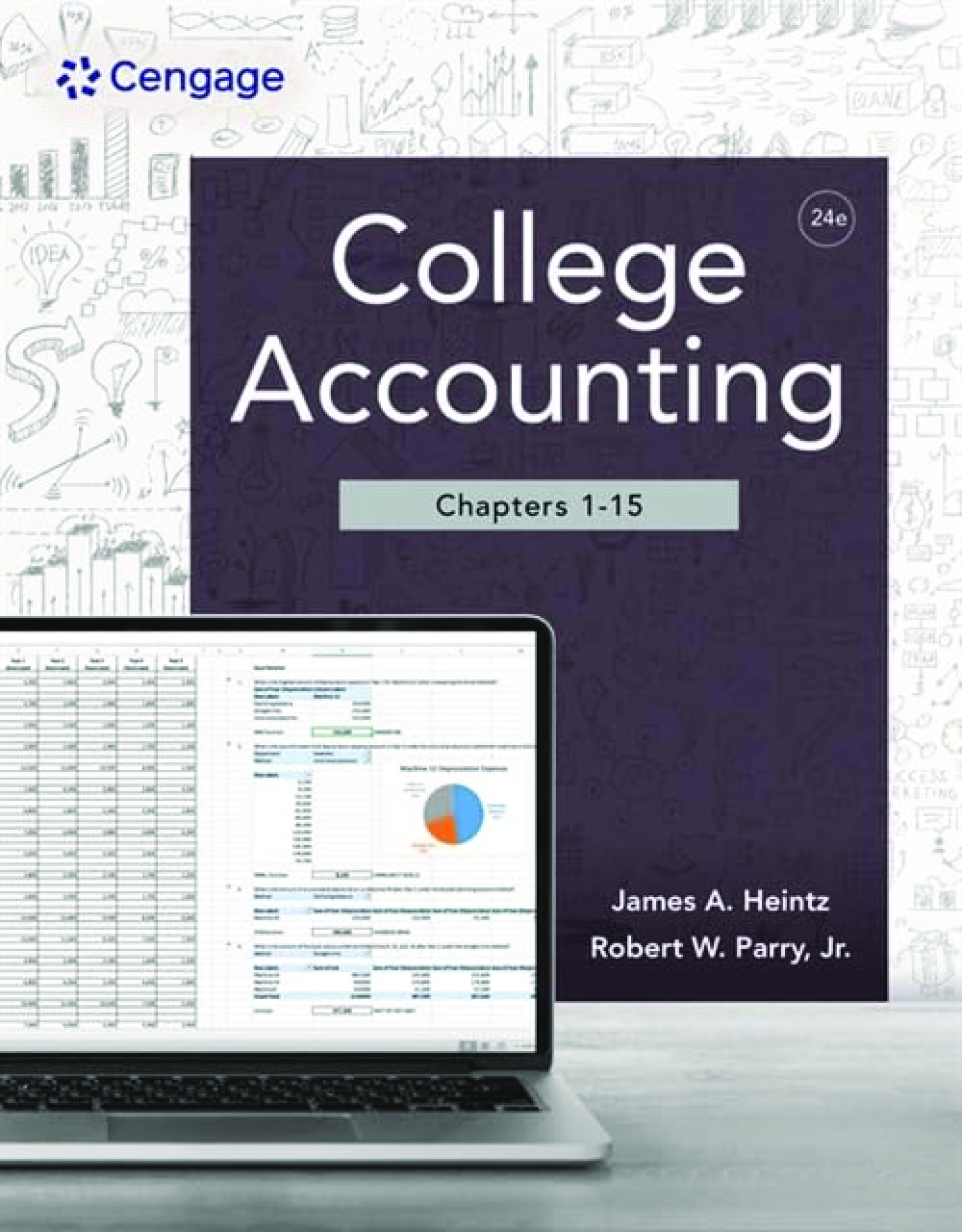


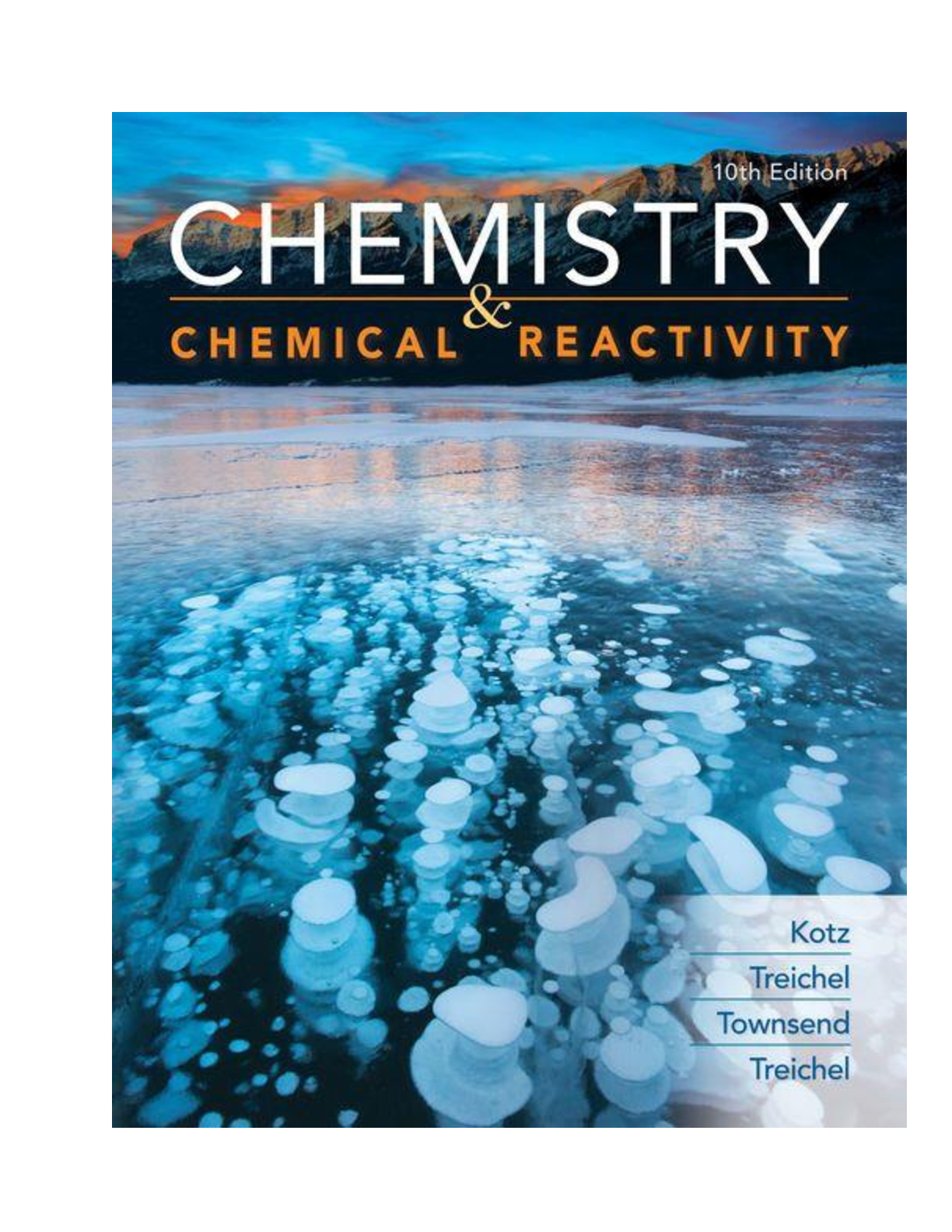


.png)



